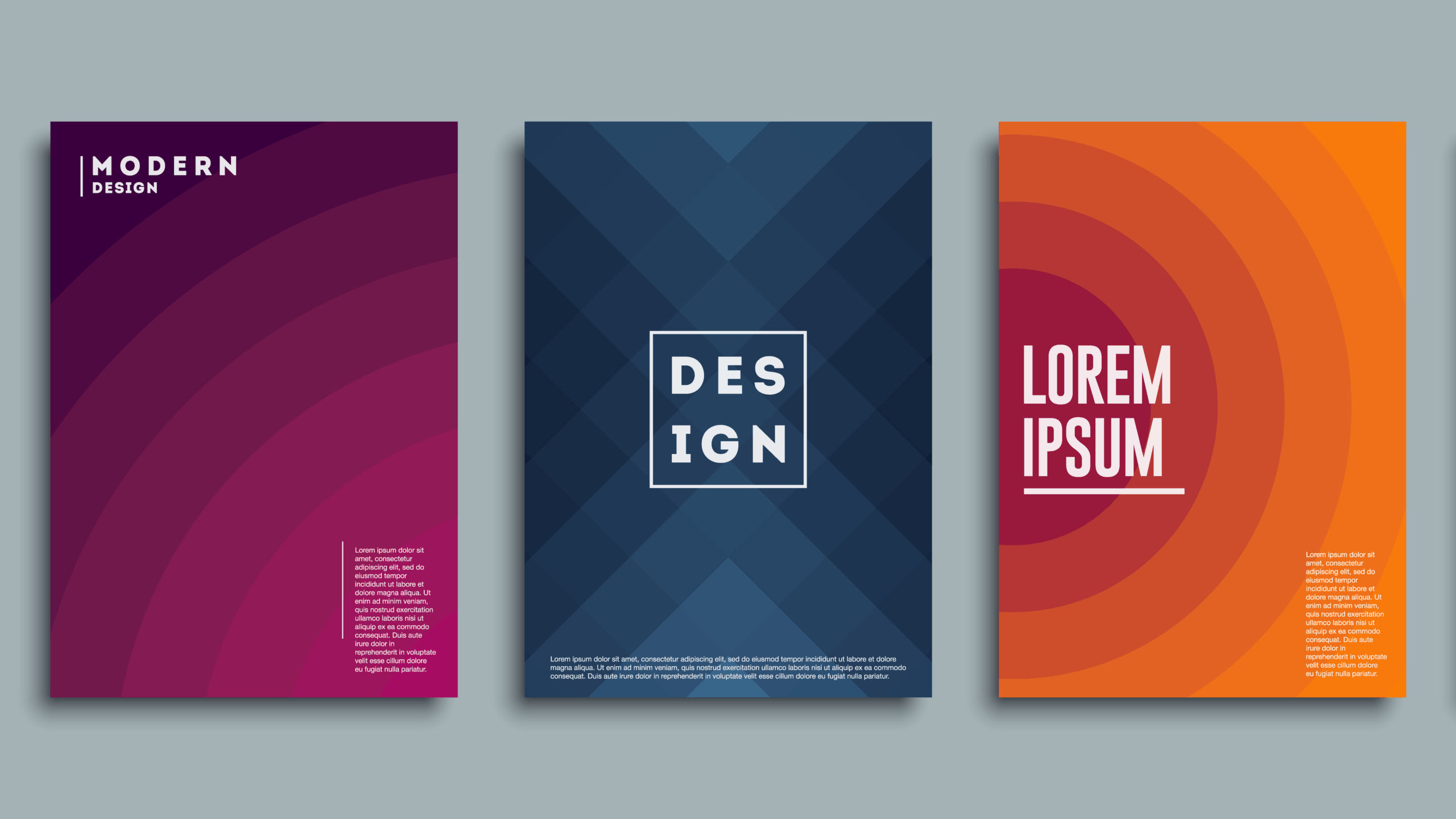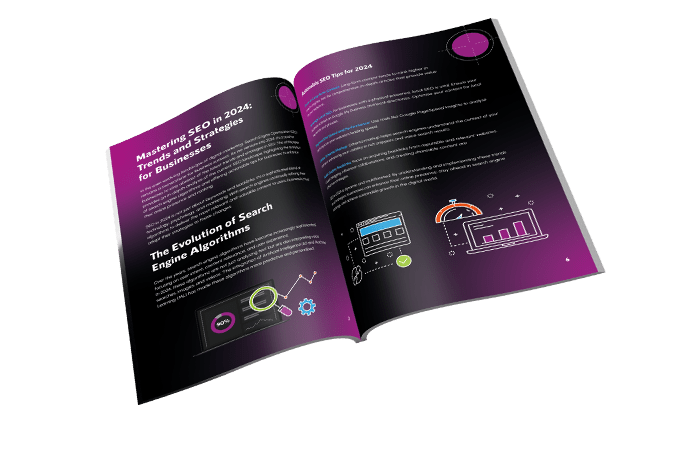News
Guide For Websites – UX Experience & Why It Is Crucial
The world of website design is constantly evolving, and with it, the expectations of users. In today’s digital landscape, having a website that is visually appealing and easy to use is no longer enough. Users demand an exceptional user experience (UX), and businesses that fail to deliver it risk losing customers and revenue.
So, what is UX, and how can businesses create the ultimate UX experience for their website users? In this whitepaper, we’ll explore these questions and more, including the role of a UX designer and what UX can do for your business.
What is UX?
UX stands for user experience, which refers to the overall experience a user has when interacting with a website, application, or product. It encompasses everything from the visual design to the usability and functionality of the website or application.
A good user experience is one that is intuitive, easy to use, and enjoyable. It should make users feel satisfied and accomplished, rather than frustrated or confused. To achieve this, UX designers use a variety of tools and techniques, including user research, usability testing, and user interface design.
The Role of a UX Designer
A UX designer is responsible for creating an exceptional user experience by designing and testing the usability and functionality of a website or application. This involves understanding the needs and preferences of users, as well as the business goals of the website or application.
A UX designer’s job typically includes the following tasks:
- User Research – Conducting research to understand the needs and preferences of users.
- Usability Testing – Testing the usability of the website or application to identify any issues or areas for improvement.
- User Interface Design – Creating a visually appealing and easy-to-use interface for the website or application.
- Information Architecture – Organizing the content and structure of the website or application to make it easy for users to find what they’re looking for.
- Content Strategy – Developing a content strategy that meets the needs of users while also supporting the business goals of the website or application.
- Collaborating with Other Teams – Working with developers, content creators, and other stakeholders to ensure the website or application meets the needs of users and the business.
What UX Can Do for Your Business
Investing in UX can have a significant impact on the success of your business. Here are just a few of the ways that a great user experience can benefit your business:
Increased User Satisfaction – Users are more likely to return to your website or application if they have a positive experience. A great user experience can help build loyalty and increase user satisfaction.
- Increased Conversion Rates – A website or application that is easy to use and visually appealing is more likely to convert visitors into customers. A good user experience can help increase conversion rates and drive revenue.
- Improved Brand Reputation – A website or application that provides a great user experience can help build a positive brand reputation. Users are more likely to recommend a website or application to others if they have a good experience.
- Competitive Advantage – In today’s digital landscape, a great user experience can be a competitive advantage. By providing a better user experience than your competitors, you can stand out in a crowded market and attract more customers.
- Reduced Development Costs – Investing in UX early in the development process can help identify and address usability issues before they become costly to fix. This can help reduce development costs and ensure that the website or application is launched on time and on budget.
Website design and user experience (UX) are crucial components of a successful online presence. A well-designed website with a great user experience can make all the difference in driving engagement, conversions, and customer loyalty. In this whitepaper, we will explore the essential aspects of website design and UX, including its importance, principles, and best practices.
The Importance of Website Design and UX
Website design and UX are critical factors that determine the success of an online business. Users have high expectations when it comes to website design and UX. A poorly designed website with a subpar UX can drive away potential customers, hurt your brand reputation, and result in lost revenue.
A well-designed website with an excellent user experience can help you build trust, establish credibility, and create a loyal customer base. It can also improve your search engine ranking and drive organic traffic to your website.
Principles of Website Design and UX
· User-Centered Design: User-centered design is an approach to website design that focuses on the needs and preferences of the user. The website design should be intuitive, easy to use, and provide a seamless experience for the user.
- Consistency: Consistency in website design refers to maintaining a uniform design throughout the website. Consistent use of color, typography, and layout helps create a cohesive look and feel, and improves the overall user experience.
- Simplicity: Simplicity in website design means keeping the design clean, uncluttered, and easy to navigate. A simple design helps the user focus on the content, and avoid confusion or frustration.
- Accessibility: Accessibility in website design ensures that the website can be used by everyone, including people with disabilities. This includes features such as alternative text for images, keyboard navigation, and audio descriptions for videos.
Best Practices for Website Design and UX
· Mobile Responsiveness: A website that is not mobile-responsive can be frustrating for users, as it may not display correctly on mobile devices. Mobile responsiveness ensures that the website is optimized for different screen sizes, and provides a seamless experience for users across devices.
- Navigation: Navigation is a critical aspect of website design and UX. Users should be able to find what they are looking for quickly and easily. The navigation should be intuitive, consistent, and easy to use.
- Page Speed: Slow page load times can be frustrating for users and can lead to a high bounce rate. Optimizing page speed through techniques such as compressing images and minifying code can improve the user experience and search engine ranking.
- Visual Hierarchy: Visual hierarchy refers to the arrangement of elements on a web page in order of importance. Using visual cues such as size, color, and placement, helps guide the user’s eye and make it easier to find what they are looking for.
Strategies for Creating the Ultimate UX Experience
· Responsive Design: With the rise of mobile devices, it is crucial to ensure that websites are designed to be responsive. Responsive design means that the website can adjust to different screen sizes and resolutions, providing a consistent user experience across all devices. According to a study by Statista, mobile devices accounted for 52.2% of website traffic in 2018.
- User Testing: User testing is a critical component of UX design. It involves testing the website with real users to identify any usability issues and gather feedback on the user experience. User testing can help businesses make informed design decisions and improve the overall user experience.
- Personalization: Personalization can improve the user experience by providing customized content and recommendations based on the user’s behavior and preferences. According to a study by Epsilon, personalized emails have an open rate that is 29% higher than non-personalized emails.
- Accessibility: Accessibility is an essential component of UX design. It involves making sure that the website is designed to be accessible to all users, including those with disabilities. In 2019, there were 2.2 billion people with vision impairments worldwide, highlighting the importance of designing websites with accessibility in mind.
Creating the ultimate UX experience for a website requires a holistic approach that incorporates various elements and strategies. By focusing on navigation, content, visual design, and page speed, businesses can create a positive user experience. Strategies such as responsive design, user testing, personalization, and accessibility can further improve the UX and help businesses attract and retain customers. By following these best practices, businesses can create a website that provides an exceptional user experience, resulting in increased engagement and conversions.





The Ultimate Social Media Guide
With the ever-growing power of social media, we use the latest techniques, video, and animation software to craft eye-catching social media assets that make your brand pop. Our designers, wielding Adobe Creative tools, create distinctive animations and graphics to illuminate your brand story and highlight your products or services. Want a unique design? No problem – we also offer bespoke designs to match your brand aesthetic.